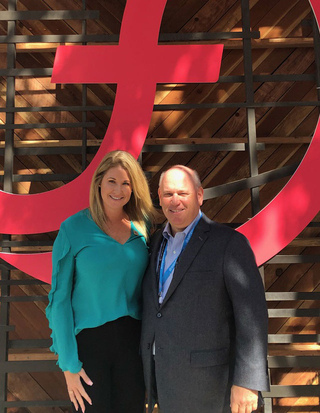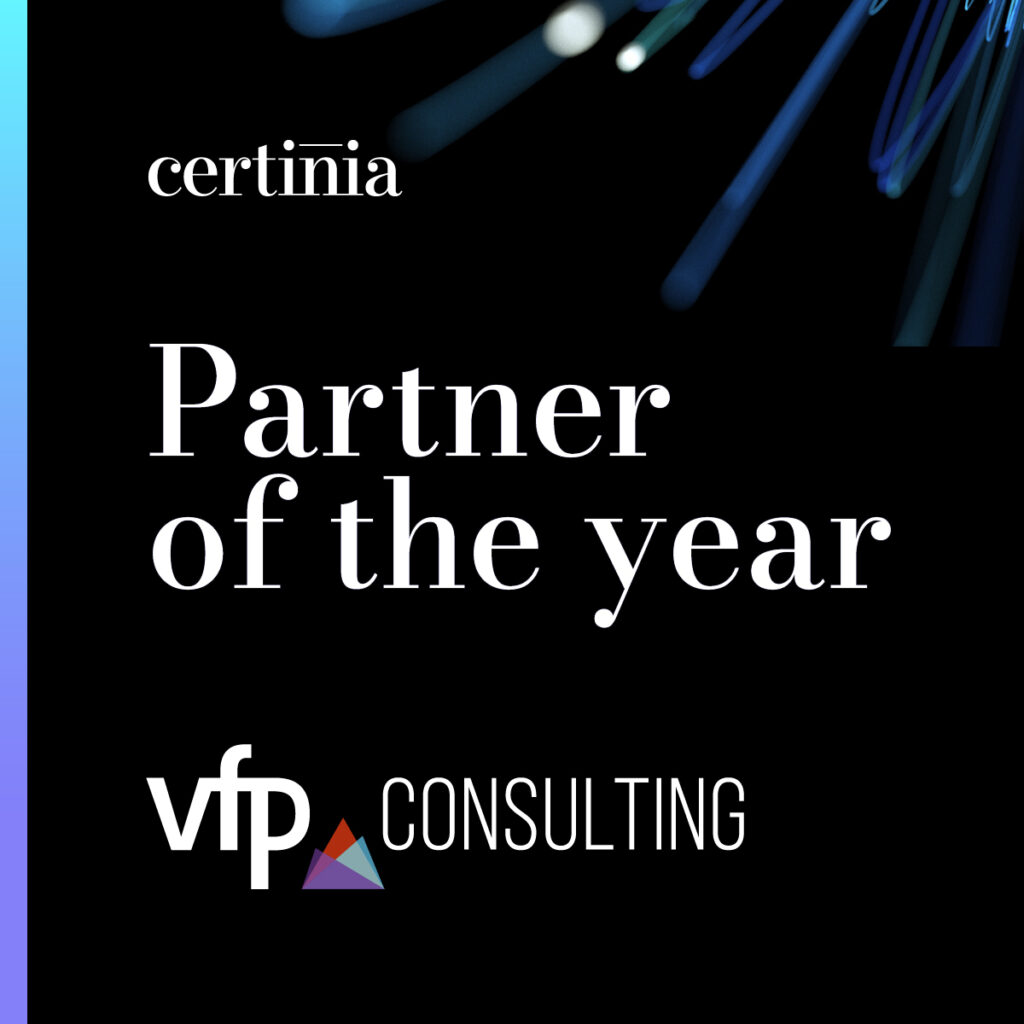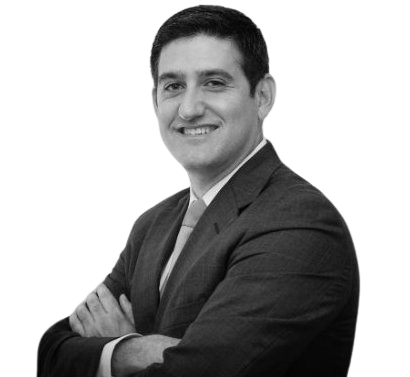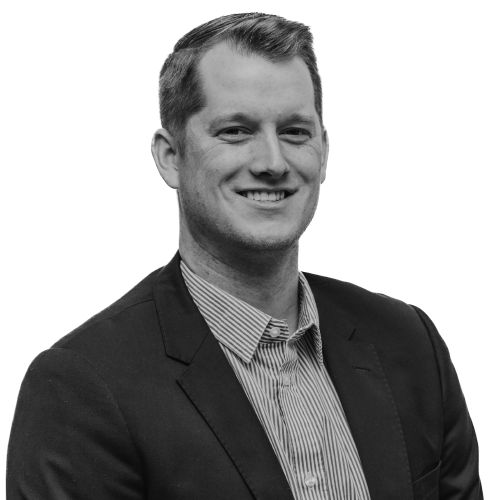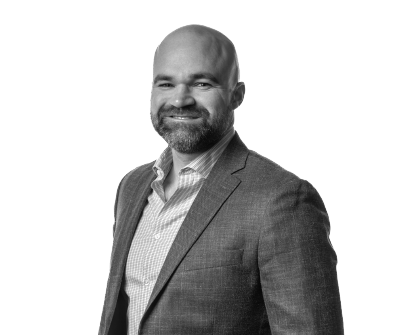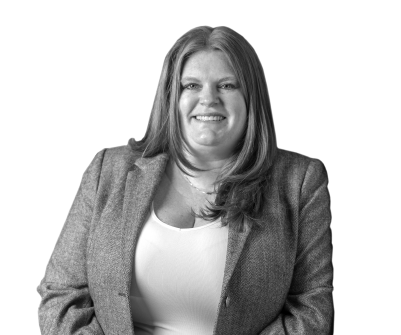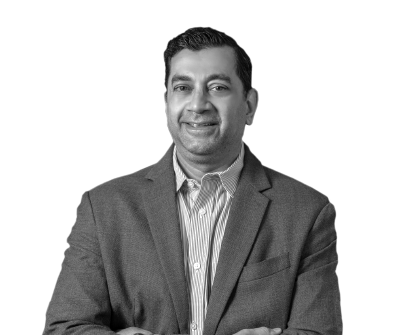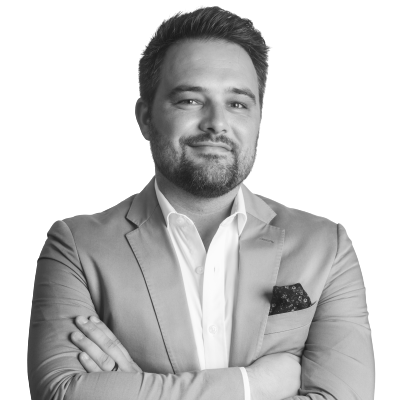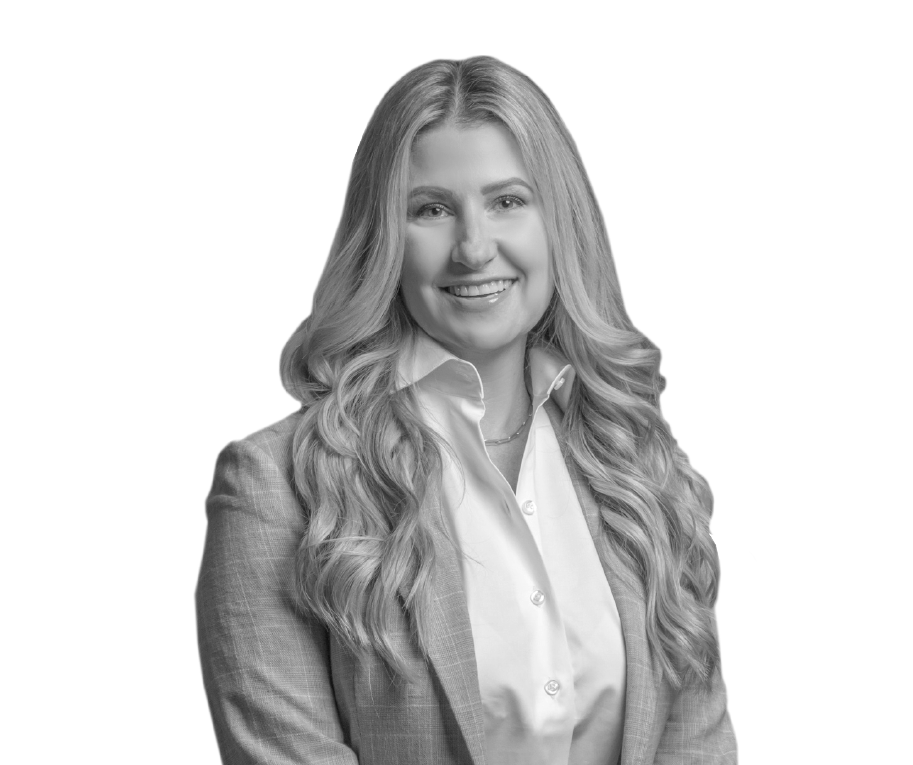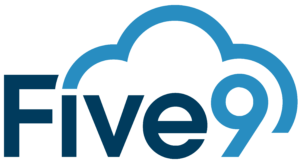Why MDA Needed an ERP and Why It Chose VFP Consulting: An Interview with Michael Kennedy, Chief Financial Officer at the Muscular Dystrophy Association
I don’t give recommendations easily. But I can for VFP – I appreciate that they are more than a software implementation company, and have become my partners in a massive transformation in the way we use technology to make a difference.”
Michael Kennedy, CFO at MDA
Mike Kennedy carved out an hour to talk to me in the middle of this year’s Dreamforce to share his vision: Evolve the way the Muscular Dystrophy Association, a nonprofit with a 64-year history, leverages technology to become a streamlined data-driven organization.
With a passion to make a difference and the drive to see it through, Mike has set in motion a clear innovative technology strategy aimed at providing best-in-class integrated technology solutions that further the MDA mission and drive increased fundraising.
With strategic and tactical help from VFP Consulting, the Salesforce/FinancialForce platforms will allow MDA to achieve two important milestones:
- Reduced administrative overhead and the creation of a centralized service center executing more effectively within a unified technology
- A way to provide constituents with additional opportunities to engage with the organization by implementing new channels and improving existing channels
These changes will be the backbone of MDA’s future and will empower tens of thousands of volunteers and staff in 84 offices across the country.
What is the business problem that VFP Consulting is helping you solve?
The problem is twofold. In the beginning, MDA had antiquated and disparate front and backend systems. Once the extent of the problem was identified with VFP Consulting’s help, we chose FinancialForce to be the single end-to-end processing platform.
With VFP Consulting building the foundations of the technology architecture, we started the strategic thinking around moving MDA’s existing 60-plus systems into a single Salesforce-managed platform that will drive our fundraising and mission initiatives.
What other technologies is VFP working with to help you realize your vision?
The front-end of fundraising will be driven by Salesforce partner platforms such as Donor Drive, One Cause, and Marketing Cloud, and MDA Care Centers and Summer Camps will have custom-designed Salesforce registries. All of these programs will be supported by the FinancialForce platform implemented by VFP.
What aspect of the FinancialForce implementation will help you most in your job as CFO?
Every organization needs reliable, timely, and relevant financial information to help guide its goals. This is what FinancialForce can bring to MDA. In addition, it is important to me that MDA maximizes the mission impact of every dollar we raise. With FinancialForce end-to-end processing capabilities, we not only get superior financial information but also achieve a streamlined process providing significant savings. VFP was able to quickly grasp these two critical requirements and help us build a successful platform.
What will a successful implementation look like to you?
VFP has done a wonderful job in putting the FinancialForce implementation on a fast track. It was just too important to the organization to not have a state-of-the-art technology platform. For me, a successful implementation brings me the three key aspects every CFO wants to have:
- House in order: processing systems deliver efficiencies and financial information can be relied upon
- Relevant and timely financial reporting: a simple dashboard both for finance department overview as well as for front-end executives to understand where they stand
- Influence: the right information will influence decision-making and allow my colleagues to achieve their goals
When the implementation is done, I’ll be able to look at financials and say, “Here is where we are struggling,” and make real-time recommendations based on accurate and timely data. If we can access financials and metrics easily and see how things are connected, then MDA will be able to help more people more efficiently than ever before.
Shifting the organization to a single Salesforce/FinancialForce platform will allow us to become a more connected, efficient team. It will facilitate collaboration that just isn’t possible with our old systems.
From your experience, are the needs of nonprofits different than those of for-profit companies?
Clearly, the end goals are different. For-profit companies are trying to satisfy the financial returns of shareholders, whereas nonprofits are delivering on a defined mission of help and support. Coming from a background as a CFO in both worlds, I can see so many similarities between how each gets to its end goal. Finance teams are relied upon to provide timely and relevant information about an organization’s activities. In addition, it’s just as important for a nonprofit to make sure that the maximum amount of every dollar raised gets to the intended mission. We have the same responsibility to our donors that for-profit has to its shareholders. Both for-profit and nonprofits need executive and financial leadership. Having the right technology in place, and insight is critical in delivering that leadership.
You mention “insight.” What kind of insight will help MDA fulfill its mission?
We are a large nonprofit organization operating in 84 offices with more than 600 employees and volunteers. Having timely insight into all those activities is critical to the management team to drive our mission and fundraising efforts in an efficient and coordinated fashion. It will answer a lot of questions: Are we doing things in a consistent way? Are we concentrating on the right things, working in the right areas? Where are we raising funds? Why do some regions outperform others? Are we maximizing our connections with our supporters and families? I have never looked at the CFO role as simply a policeman or the generator of data. Compliance and accurate reporting are important but being able to influence the organization is the bigger goal for finance. I come in every day ready to challenge how we do things and how we can become more efficient, never losing sight that each dollar saved goes to helping our community of individuals with neuromuscular diseases. Having the right technology platform is key to being able to achieve that.
What does the future of MDA look like with the help of this platform?
MDA is about innovations in care and science for individuals with neuromuscular diseases. We are constantly evolving as an organization as new treatments are discovered to help these individuals. With a state-of-the-art technology architecture, we will be well-positioned to support how we deliver on this evolving mission.
What’s it like working with VFP? How do they compare to other partners you’ve worked with?
I give a lot of credit to Paul and Stephanie for building a team of professionals that provides clients with thought leadership and timely product delivery. VFP is recognized as a specialist in this field. I don’t give away recommendations easily, but I can with VFP. I trust their knowledge of business processes and I trust their dedication to what we are trying to achieve. They put business process first, then they zero in on a solution. Without that kind of active partnership and knowledge, there would be a lot of wasted trial and error.
What do you see as the value of working with the VFP Consulting team?
When I first met Stephanie and Paul, I was clear about what I wanted. I said,
I’m not looking for an implementation service; I’m looking for a partner who can help me think this through and implement it.”
Michael Kennedy, CFO, MDA
The advantage of working with VFP is that they see the bigger picture. They own it with you. I could only do this with a team that takes the time to understand our processes and how to improve them. The VFP team brings a valuable element to what we are trying to accomplish.
Coming soon: In Part 2 of the MDA story we’ll talk to Paul Rees, co-Founder of VFP, about the process of implementation, lessons learned, and the all-important go-live on Dec. 1, 2018.
